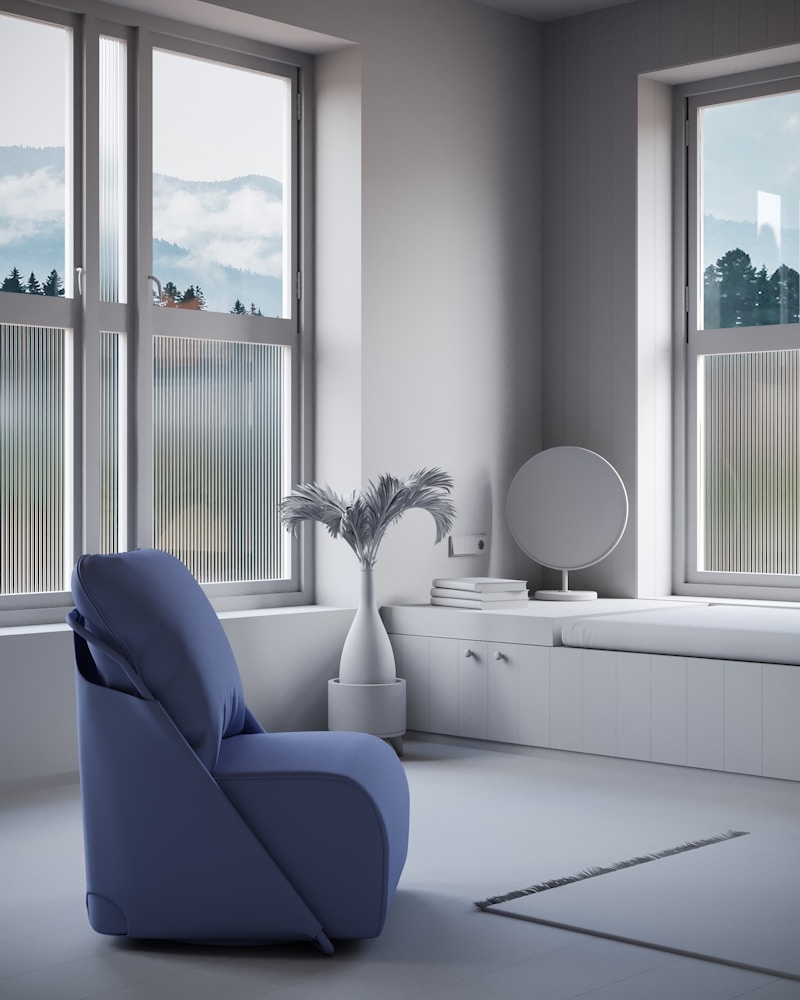Enhancing Your Bathroom Experience: The Importance of Functional Lighting for Shower and Tub Areas
Enhancing Your Bathroom Experience: The Importance of Functional Lighting for Shower and Tub Areas
When it comes to designing or renovating a bathroom, one aspect that deserves careful consideration is the lighting. Functional lighting for shower and tub areas is crucial not just for Aesthetics, but for safety and efficiency as well. In this article, we will explore the various types of lighting suitable for wet areas, their placement, and the benefits they offer.
Understanding Functional Lighting
Functional lighting refers to the illumination that serves a specific purpose, providing adequate brightness for tasks performed in particular areas. In bathrooms, this is especially important in shower and tub zones where visibility is crucial. Poor lighting can lead to accidents and inhibit relaxation, making it essential to get it right.
Why is Lighting Important in Shower and Tub Areas?
The shower and tub areas are places of both function and relaxation. Poorly lit spaces can make it difficult to see, which may lead to slips and falls. Moreover, ambiance plays a significant role in transforming your bathroom into a tranquil sanctuary. Therefore, it is imperative to choose the right type of lighting that combines both beauty and practicality.
Types of Functional Lighting for Bathrooms
| Type of Lighting | Description |
| Task Lighting | Focused on specific areas, such as the Mirror or vanity, providing bright light for daily grooming routines. |
| Ambient Lighting | General illumination that brightens the overall bathroom space, ensuring a welcoming atmosphere. |
| Accent Lighting | Used to highlight specific features or decor in the bathroom, creating a visually appealing environment. |
| Natural Lighting | Natural daylight can enhance the bathroom’s mood; skylights or windows allow sunlight to brighten shower and tub areas. |
Positioning Your Lighting
Placement is as important as the type of lighting you choose. Here are some guidelines to follow when positioning lights in shower and tub areas:
For Shower Areas
The shower area should be well-lit, but the lights must be rated for wet or damp locations. Consider installing:
- Recessed Lighting: Flush-mounted fixtures that do not hang down and are less prone to damage from moisture.
- Wall sconces: Positioned near the shower entrance; they offer decorative accents while ensuring ample light.
For Tub Areas
When it comes to tub areas, creating an ambiance is key. Here are some suggestions:
- chandeliers or Pendant Lights: These can add a touch of elegance while offering sufficient illumination.
- Low-Profile Fixtures: Mounting fixtures lower on the walls will enhance visibility without being overpowering.

Choosing the Right Bulbs
Lighting bulbs play a significant role in the efficiency and quality of bathroom lighting. Here are some factors to consider:
- Color Temperature: Look for bulbs in the range of 2700K (warm white) to 3000K (soft white) to create a cozy and inviting atmosphere.
- Brightness: Aim for a brightness of at least 100 lumens per watt to ensure enough light for grooming and relaxation.
- Energy Efficiency: Consider LED bulbs that are energy-efficient and have long lifespans.
Dealing with Moisture
Bathrooms inherently control high moisture levels. Therefore, choosing moisture-resistant lights and fixtures is crucial. Here are tips to safeguard your lighting:
- Choose fixtures rated for damp or wet locations.
- Ensure all electrical installations comply with local building codes.
- Regularly check for moisture damage and replace fixtures as necessary.
Creating Ambiance with Lighting
While functionality is essential, creating the right ambiance can transform your bathroom experience. Consider including dimmers or smart lighting solutions that allow for adjustable brightness based on the mood:
- Layered Lighting: Combine overhead lights with wall sconces or decorative fixtures to achieve depth.
- Using Smart Technology: Smart bulbs can be controlled via your smartphone, enabling various settings for different moods.
Conclusion
In summary, functional lighting for shower and tub areas is an essential aspect of bathroom design that merges safety, practicality, and comfort. Next time you consider a bathroom upgrade or renovation, keep in mind the types of lighting available and their strategic placement to create a soothing atmosphere that fulfills both functional and aesthetic needs.
Recommendations: Always opt for fixtures designed for bathroom use, pay close attention to the color temperature and brightness of your bulbs, and consider additional features like dimmers for added versatility. This thoughtful planning will ensure that your bathroom serves as a serene retreat for years to come.
